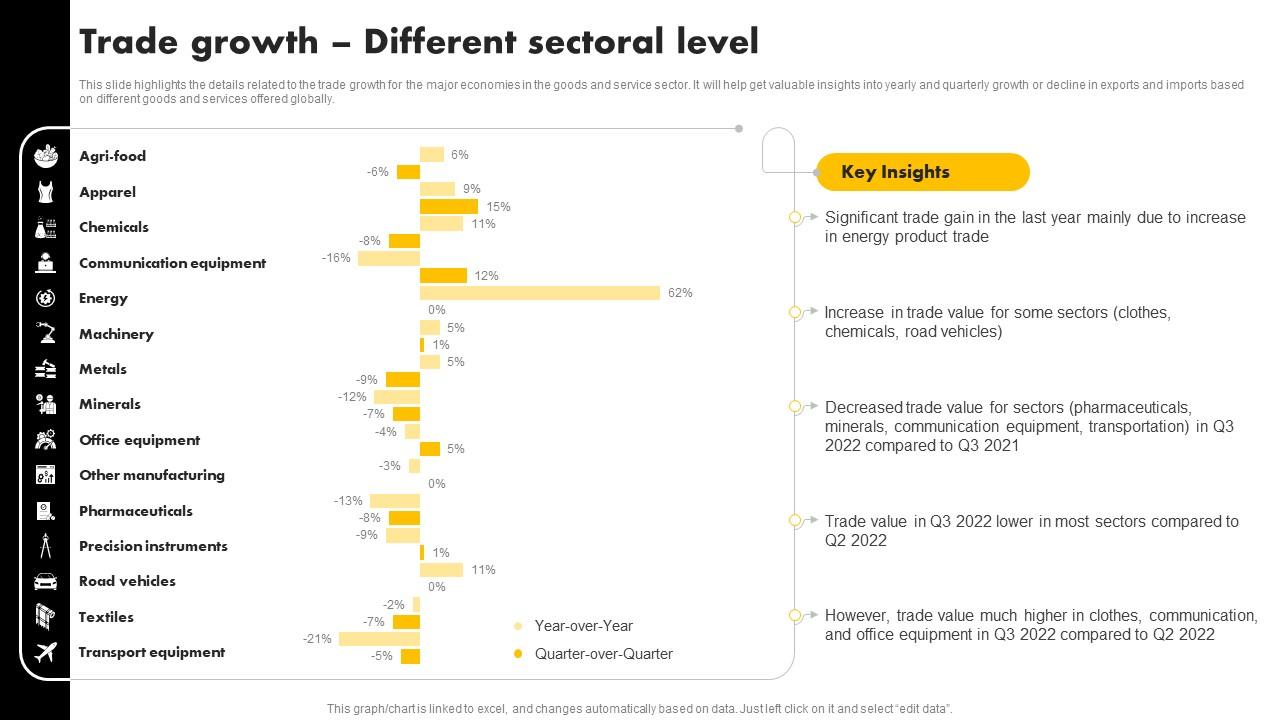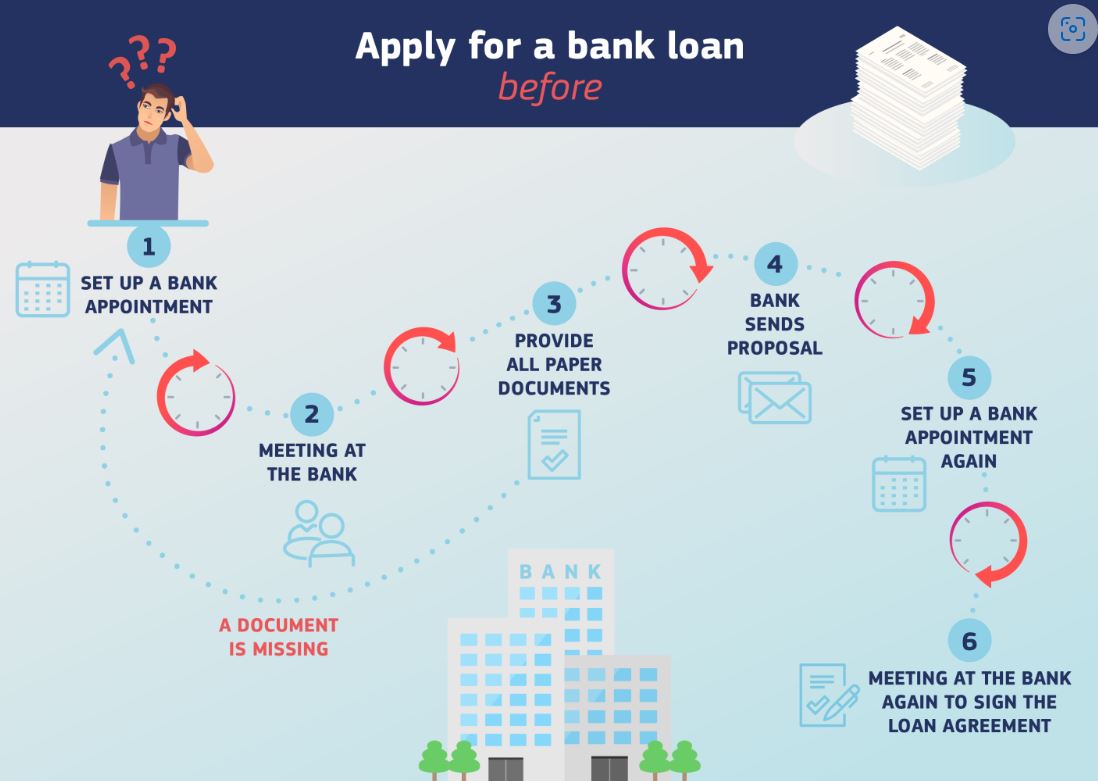Flood Preparedness For Livestock Farmers: Essential Steps To Take

Table of Contents
Assessing Your Risk & Developing a Flood Response Plan
Before a flood strikes, understanding your farm's vulnerability and creating a comprehensive plan are paramount. This proactive approach significantly increases your chances of minimizing losses and ensuring animal safety.
Understanding Your Farm's Vulnerability:
To effectively prepare for a flood, you must first understand your farm's specific risks. This involves a thorough assessment of your surroundings and infrastructure.
- Identify potential flood zones and historical flood data for your area. Utilize resources like FEMA flood maps (in the US) or equivalent resources in your country. Local agricultural extension services are also invaluable sources of information on historical flood patterns and potential risks specific to your region.
- Analyze your farm's infrastructure: Identify weak points in fences, barn locations (are they in low-lying areas?), and drainage systems. Consider the structural integrity of your barns and other buildings; can they withstand floodwaters? Are there potential points of failure that could compromise animal safety?
- Consider the topography of your land and proximity to water sources. Farms located near rivers, streams, or in low-lying areas are inherently at higher risk. Evaluate the elevation of your pastures, barns, and other structures relative to potential flood levels.
- Utilize resources like FEMA flood maps and local agricultural extension services. These resources offer valuable insights into flood risk assessments and preparedness strategies specific to your location. They often provide workshops and training on flood preparedness for livestock.
Creating a Detailed Emergency Plan:
A well-defined emergency plan is your roadmap for responding to a flood effectively. This plan should be detailed, practiced regularly, and readily accessible to all farm personnel.
- Designate a safe evacuation route for your livestock. This route should lead to higher ground or a designated safe area. Clearly mark this route with signage for easy identification during an emergency. Consider multiple evacuation routes in case one becomes impassable.
- Identify temporary shelters or higher ground locations. Secure these locations in advance. Ensure they offer sufficient space, protection from the elements, and adequate access to feed and water.
- Establish communication protocols with neighbors, local authorities, and veterinary services. Ensure you have contact information readily available and establish a system for timely communication during a flood emergency. Consider using a two-way radio system for reliable communication in areas with limited cell service.
- Prepare an inventory of essential supplies: This includes sufficient feed and water for your animals, medications, tools for repairs, and copies of important documents (insurance policies, animal identification records). Create a checklist to ensure nothing is overlooked.
- Practice your evacuation plan regularly. Regular drills will familiarize your team with the plan, identify potential problems, and ensure everyone knows their roles and responsibilities.
Protecting Your Livestock Before, During, and After a Flood
Protecting your livestock requires a multi-stage approach encompassing pre-flood preparations, actions during the flood, and post-flood recovery.
Pre-Flood Preparations:
Before a flood, proactive steps can significantly reduce the impact on your livestock.
- Secure all loose materials that could become flood debris: This includes fencing, equipment, feed supplies, and anything that could be swept away by floodwaters and cause harm to your animals or damage your property.
- Elevate feed and supplies to prevent water damage. Store these items on pallets or in elevated areas to keep them dry and accessible even if floodwaters rise.
- Ensure your animals are properly identified with tags or microchips. Clear identification is crucial for reuniting animals with their owners after a flood.
- Check the functionality of all farm equipment crucial for evacuation or post-flood cleanup. Ensure tractors, trailers, and other equipment are in good working order and ready for use in an emergency.
During a Flood:
When a flood warning is issued, immediate action is critical.
- Implement your emergency plan immediately. Don't wait until the floodwaters are upon you. Begin evacuation procedures as soon as it's safe to do so.
- Evacuate livestock to higher ground or designated safe zones. Prioritize the safety of your animals. Move them to pre-determined locations as quickly and efficiently as possible.
- Monitor water levels and animal conditions closely. Stay informed about weather updates and monitor the situation closely. Check on the welfare of your animals regularly.
- Secure any remaining animals that cannot be moved. If some animals cannot be safely evacuated, take steps to protect them in place, if possible.
- Stay informed about weather updates and emergency alerts. Stay tuned to local news and weather reports for updates on the flood situation.
Post-Flood Actions:
After the flood, recovery and rehabilitation are paramount.
- Assess the damage to your farm and livestock. Conduct a thorough assessment of the damage to your structures, land, and animals. Document all damage with photos and detailed notes.
- Contact your insurance provider immediately. Report the damage to your insurance company as soon as possible to initiate the claims process.
- Secure veterinary care for injured animals. Seek immediate veterinary attention for any animals that have been injured or are exhibiting signs of illness.
- Clean and disinfect barns and pastures to prevent disease outbreaks. Thoroughly clean and disinfect all affected areas to prevent the spread of disease among your livestock.
- Dispose of contaminated feed and materials properly. Contact local authorities for guidance on the safe disposal of contaminated materials.
Securing Funding & Insurance for Flood-Related Losses
Financial preparedness is a critical aspect of flood preparedness for livestock.
Understanding Flood Insurance:
Flood insurance is often not included in standard property insurance policies. It’s crucial to understand your coverage and limitations.
- Explore options for flood insurance coverage. Contact several insurance providers to compare policies and find the best coverage for your specific needs.
- Understand policy limitations and requirements. Be aware of the policy's deductibles, coverage limits, and any exclusions. Ensure you understand what is and isn't covered.
Government Assistance Programs:
Various government programs provide assistance to farmers affected by natural disasters, including floods.
- Investigate available government grants and disaster relief programs for farmers affected by floods. Contact your local agricultural extension office or the relevant government agency for information on available programs in your area.
Building a Financial Safety Net:
Financial resilience is key to weathering the storm.
- Develop strategies to build financial resilience, including savings and emergency funds. Set aside funds specifically to cover potential flood-related expenses. This will help you to manage the financial impact of a flood event.
Conclusion
Effective flood preparedness for livestock is not merely a precaution; it’s an investment in the long-term health and viability of your farm. By implementing the strategies outlined in this guide – from risk assessment and emergency planning to securing insurance and building financial resilience – you can significantly mitigate the impact of flooding on your operation. Don't wait until the next flood to prioritize flood preparedness for livestock; take action today to protect your farm, your animals, and your livelihood. Remember to regularly review and update your flood preparedness plan for livestock to ensure its continued effectiveness and to adapt to changing circumstances.

Featured Posts
-
 Sony Ps 5 Pro Teardown Liquid Metal Cooling System Revealed
May 07, 2025
Sony Ps 5 Pro Teardown Liquid Metal Cooling System Revealed
May 07, 2025 -
 Identifying The Countrys Top Business Growth Areas
May 07, 2025
Identifying The Countrys Top Business Growth Areas
May 07, 2025 -
 Nfl Draft Steelers Pickens Trade Possibilities
May 07, 2025
Nfl Draft Steelers Pickens Trade Possibilities
May 07, 2025 -
 Hegseths Signal Chat Use Exclusive Details On Over A Dozen Pentagon Communications
May 07, 2025
Hegseths Signal Chat Use Exclusive Details On Over A Dozen Pentagon Communications
May 07, 2025 -
 Auto Dealers Double Down On Opposition To Ev Mandates
May 07, 2025
Auto Dealers Double Down On Opposition To Ev Mandates
May 07, 2025
Latest Posts
-
 European Digital Identity Wallet A Closer Look At Its Capabilities And Benefits
May 08, 2025
European Digital Identity Wallet A Closer Look At Its Capabilities And Benefits
May 08, 2025 -
 Altcoins 5880 Price Surge Is This The Next Xrp
May 08, 2025
Altcoins 5880 Price Surge Is This The Next Xrp
May 08, 2025 -
 Understanding The European Digital Identity Wallet Launch Date And Features
May 08, 2025
Understanding The European Digital Identity Wallet Launch Date And Features
May 08, 2025 -
 New Superman Trailer 5 Minute Kryptonian Adventure With Krypto
May 08, 2025
New Superman Trailer 5 Minute Kryptonian Adventure With Krypto
May 08, 2025 -
 The European Digital Identity Wallet What You Need To Know
May 08, 2025
The European Digital Identity Wallet What You Need To Know
May 08, 2025
